EWC Profiles: Albert Ganjei’s Rolex Air-King 5500
RolexPublished by: David Klint
View all posts by David Klint
You’ve patiently scrolled through the teaser photos long enough, so as promised, we’re taking a deeper look at Albert Ganjei’s personal watch collection. First out of the gate is his Rolex Air-King reference 5500. This is an important reference in Rolex’s history as a brand as well as to Mr. Ganjei’s journey as a watch collector. An Air-King was the first nice watch he ever bought, and without it, there might not be a European Watch Company. This specific Air-King was Albert’s gift to his farther many years ago, which was in turn given back to him when his father passed away in 2017. When Albert needs to pick a meaningful watch to wear during special occasions, this is the watch he straps on.
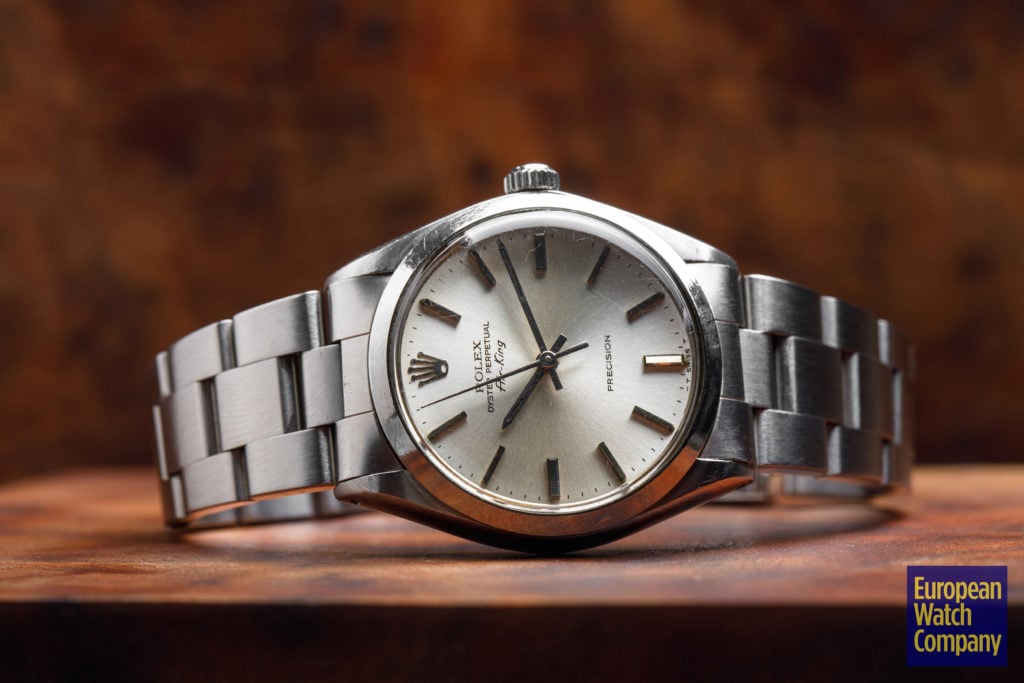
This reference 5500 is not as recognizable as it should be. This is the longest-running reference Rolex has ever made. It was in production from 1957 to 1989, a whopping 32 years with only minute changes. This beats out the notoriously long runs of the Rolex Submariner 5513, Explorer 1016, and GMT 1675. If it ain’t broke, don’t fix it. This Air-King epitomizes minimalist design, and the fact that the 5500 remained in production so long is a strong testament to just how well done the original design is.
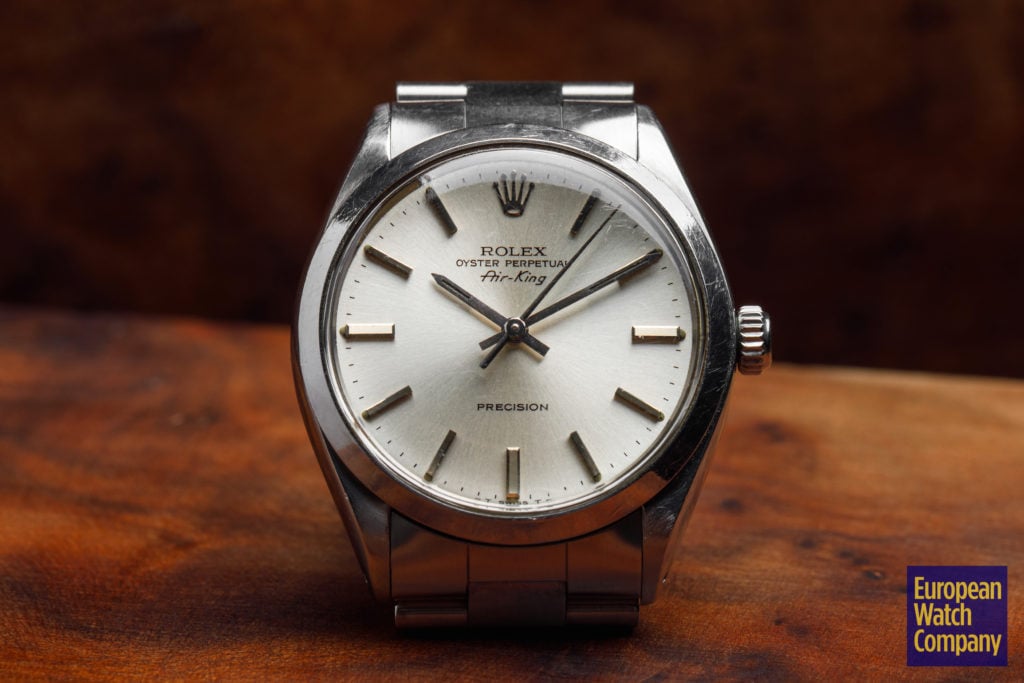
Measuring at 34mm, the watch is on the smaller side by today’s standards—the modern Air-King is 40mm—but because the watch is housed in an oyster style case, it remains pretty versatile. The case has familiar lines; you can certainly see the oyster lineage, but the sharp lugs are much more elegant than some of the beefier shoulders on its counterparts. Once a sporty go anywhere, do anything tribute to RAF Pilots from WWII, this watch has gracefully aged into a more refined and formal timepiece. That said, with regular servicing, this model can withstand the rigors of being a daily wearer.
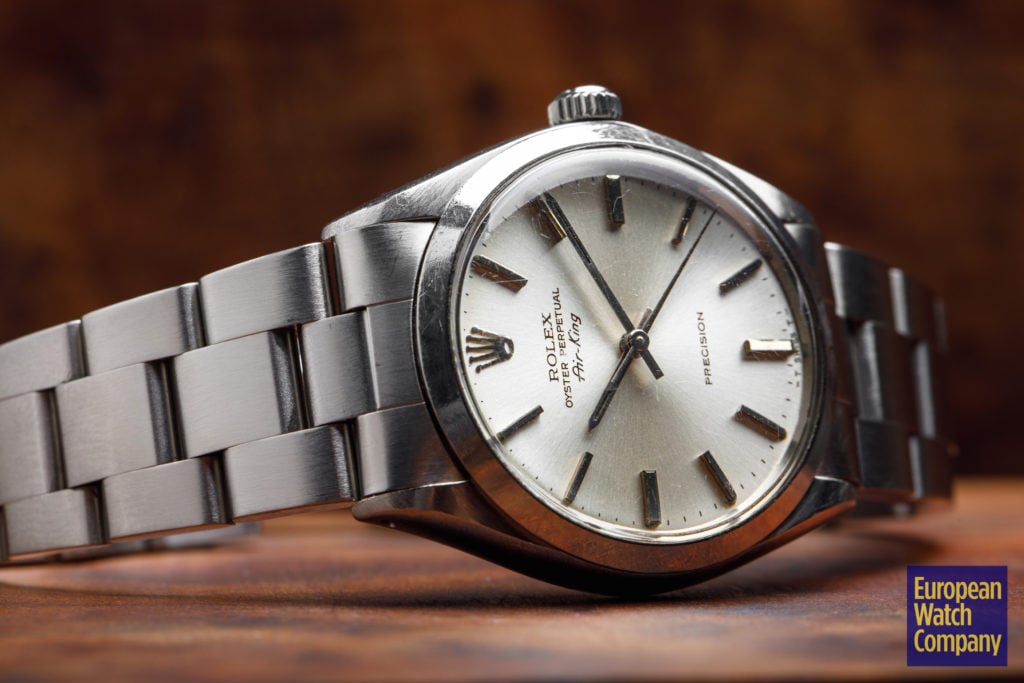
The dial is very clean and simple—which was the Air-King calling card for a long time—and has a sunburst silver finish. This particular configuration is, to many, the purest Air-King. The silver sunburst dial is to the 5500 what the red and blue bezel is to the GMT or the Jubilee bracelet to the Datejust. It makes other variants look comparatively “off.” The pencil hands and baton hour markers add a distinct vintage charm to the watch, and though the tritium lume has darkened and stopped working long ago, it is still intact throughout. Personally, I love the small lume plots at the base of the hour indices. They add some character without distracting from the batons’ shape or finishing. The dial’s text is minimal with just Rolex, Oyster Perpetual, Air-King, Precision, and T Swiss T if we’re technical. But the line to pay attention to most is the “Precision” above six o’clock. Depending on the Air-King, this text varied within the same reference and indicated what movement was used inside.
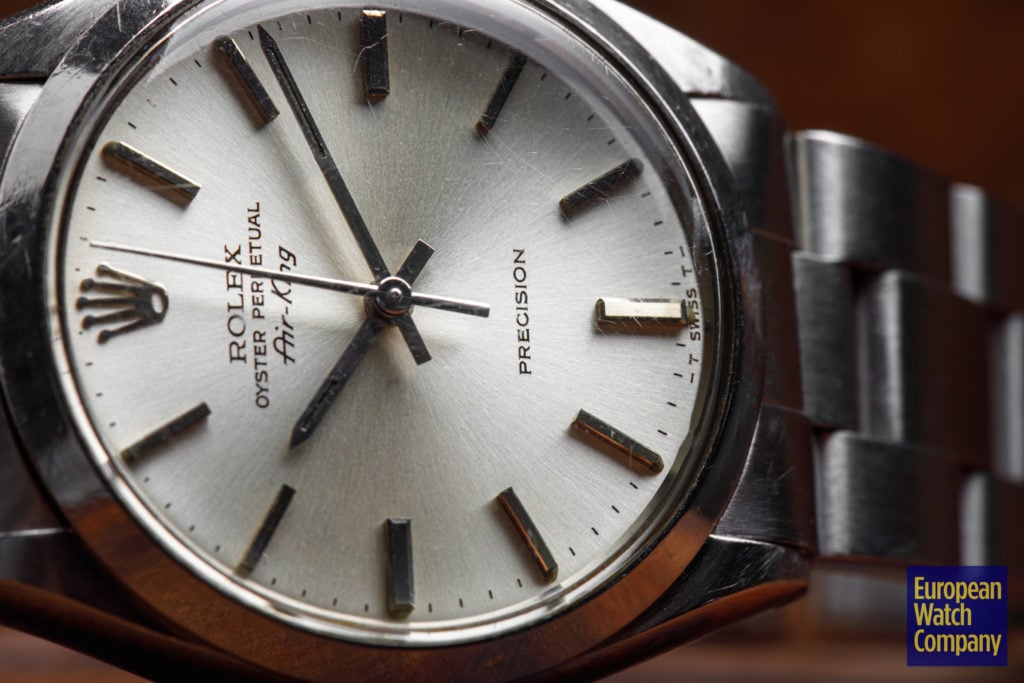
The movements vary because of importation laws that were in place to help protect domestic watchmakers. There were restrictions on the movements that could be imported to the US and Canada. Because of this, you’ll find most stateside examples of the 5500 have “Precision” on the dial indicating the use of Rolex’s in-house automatic 1520 caliber movement. Other variants had “Super Precision” on the dial and utilized the Rolex caliber 1530. The main difference between the two is that the 1530 had more jewels. Otherwise, the two movements were very similar, both having a little over 40 hours of power reserve and both proving to be enduring workhorse calibers. The caliber 1520 also has the historical distinction of being a part of Rolex’s first series—1500—of in-house movements.
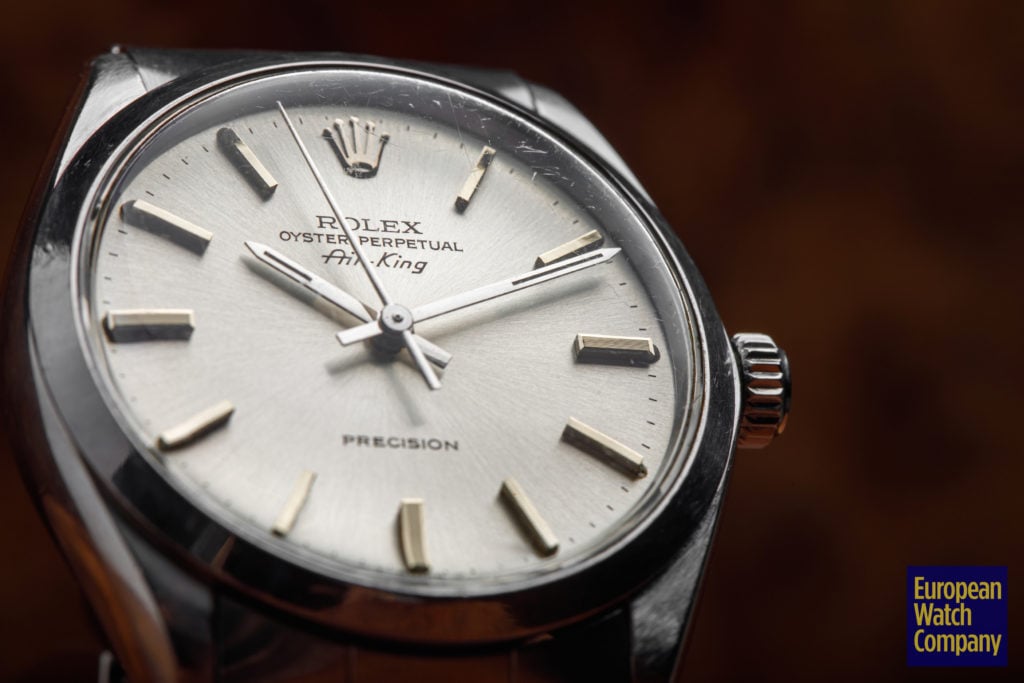
The 5500 is a humble watch, but it has a lot of history tied to it and is an essential piece of the greater Rolex story. But what makes this specific example stand out so much to me is its significance to Albert Ganjei. This is a man who founded and runs a very successful and respected vintage watch dealer. As you’ll see when we go deeper into his collection, the man personally owns multiple “heavy hitters” and, within reason, could obtain and wear any watch he wants. But this watch, his father’s watch, a humble Air-King, is the one he wears for the most important moments. Because it’s not about what any watch means to the industry or community, but that watch means to you.
Visit Europeanwatch.com
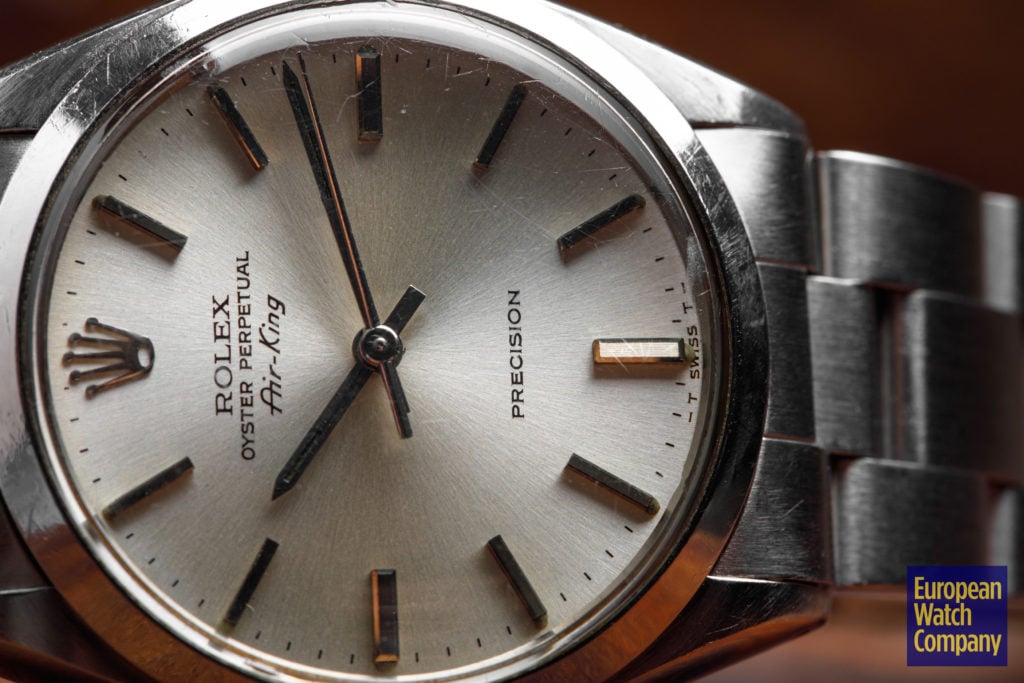
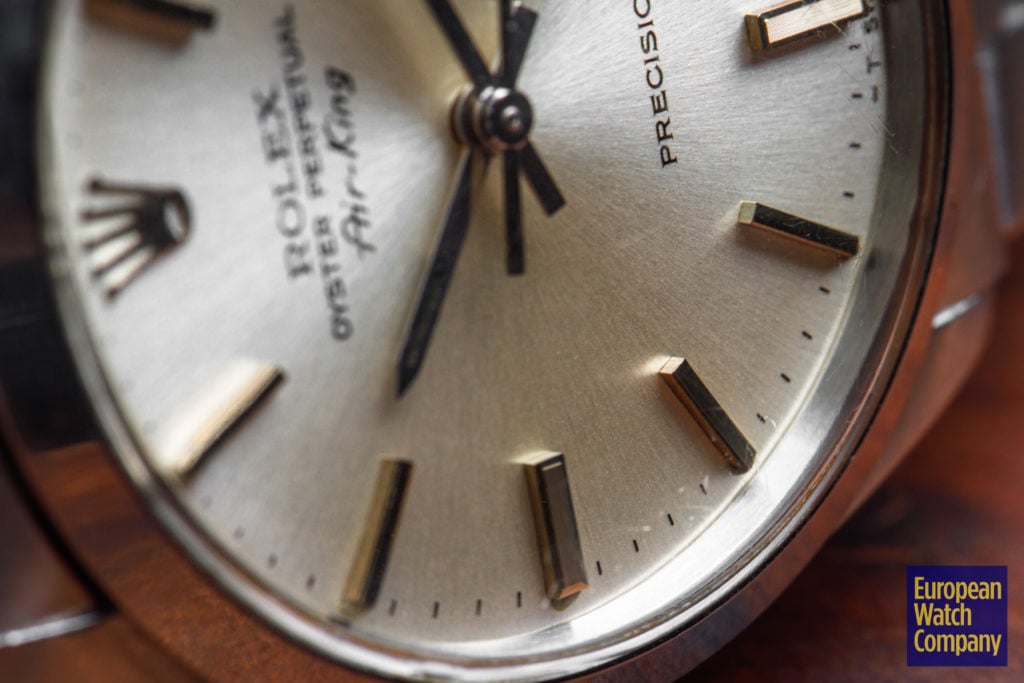

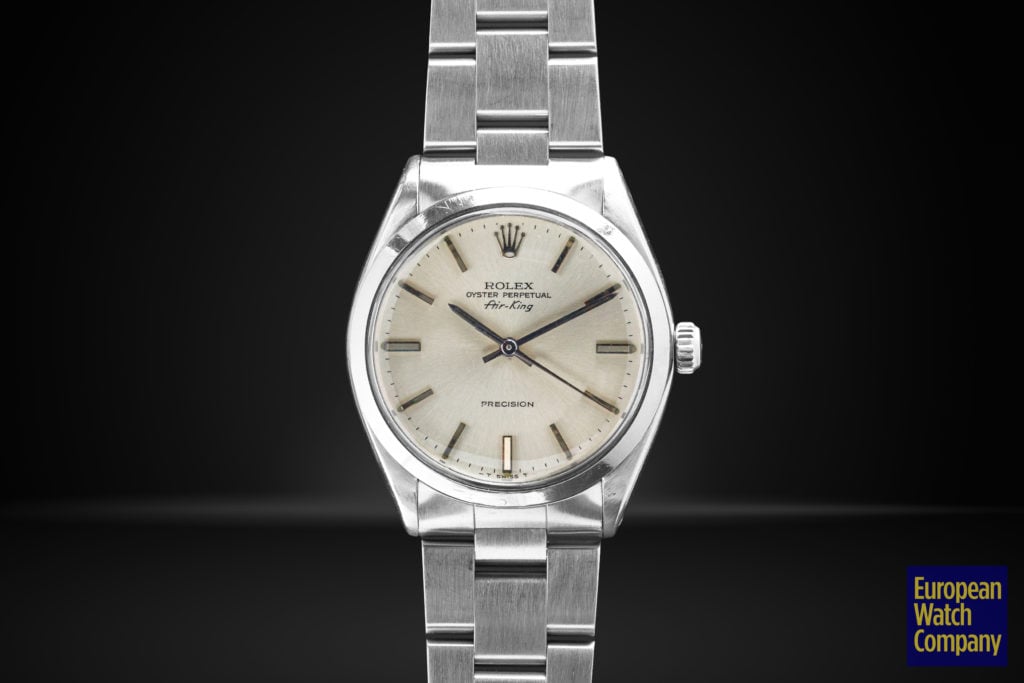
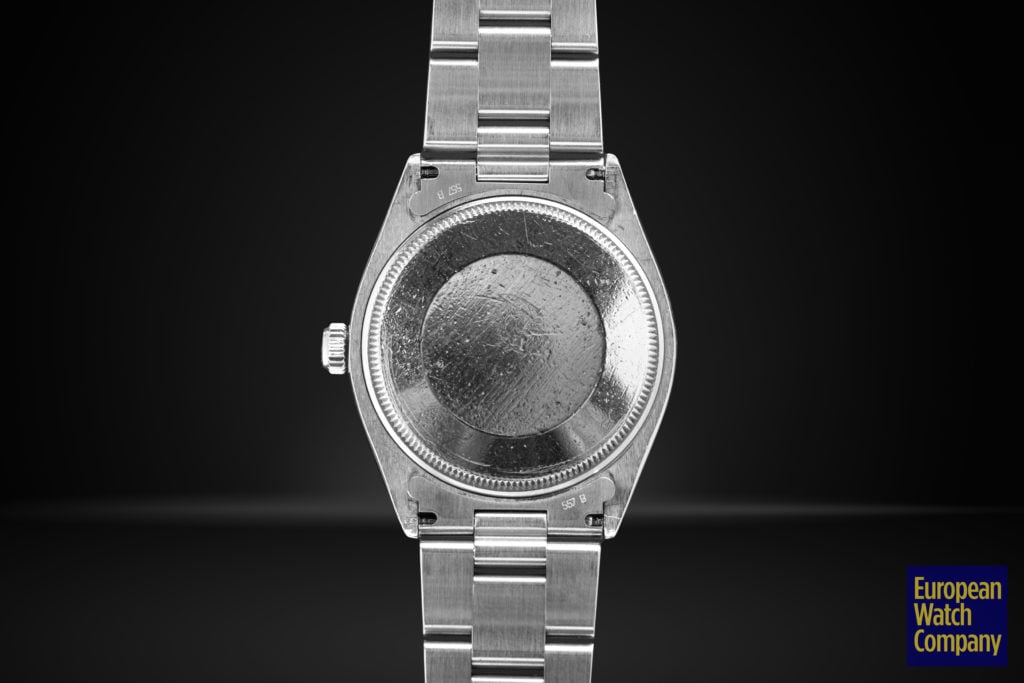
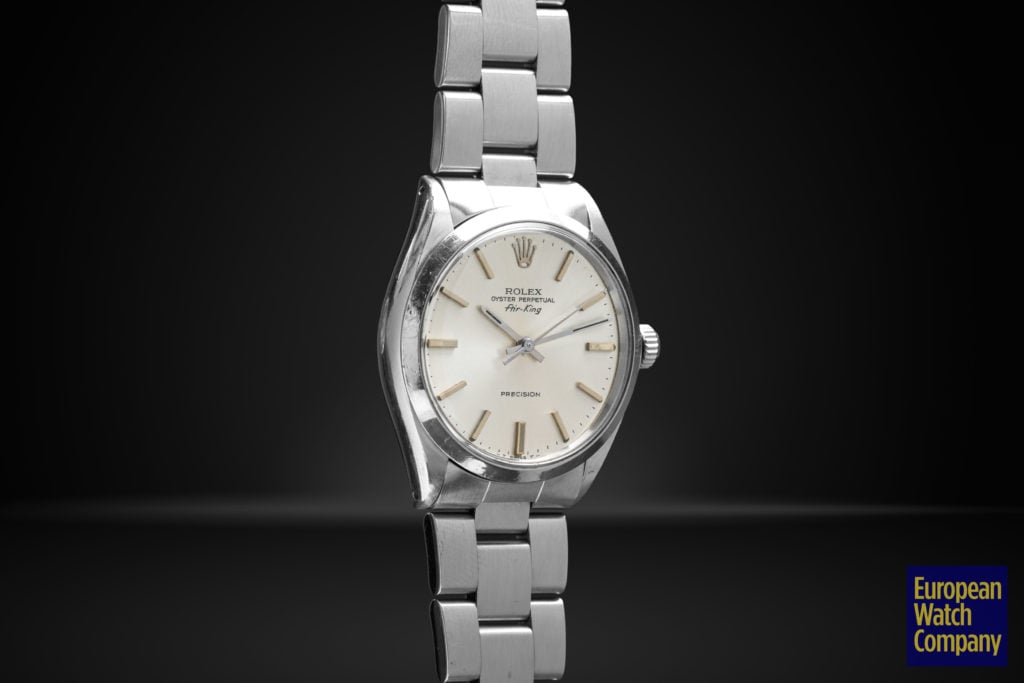
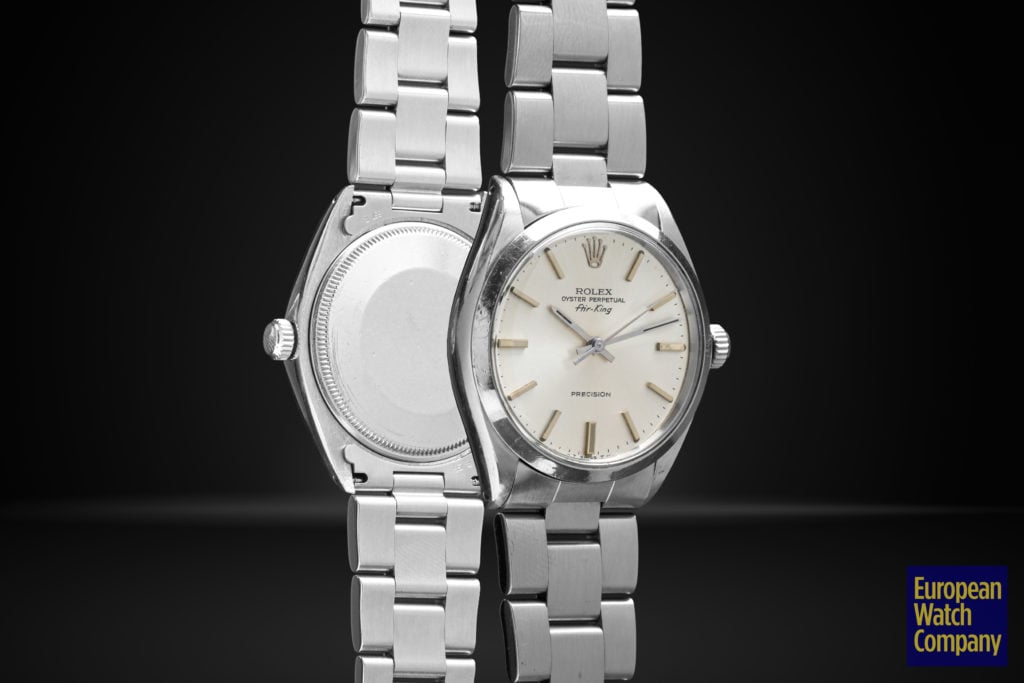
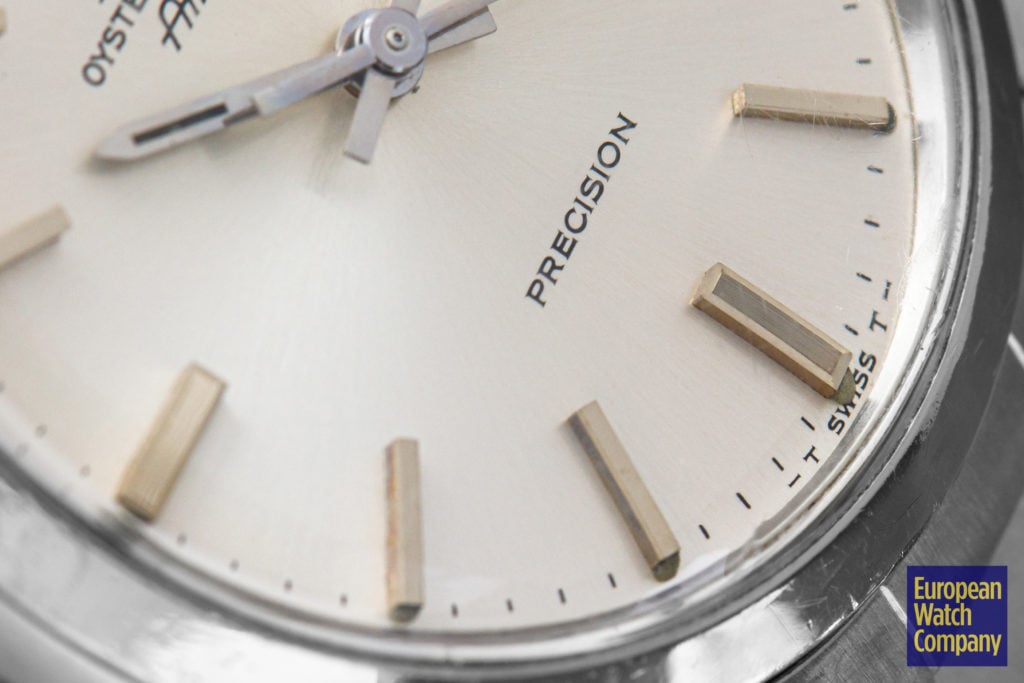
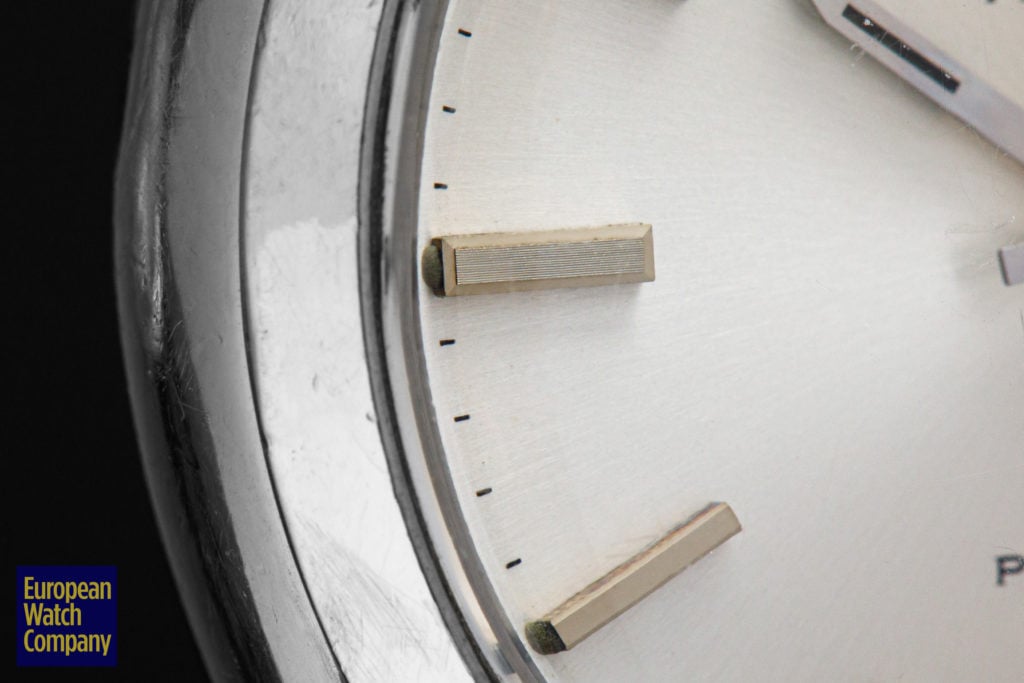
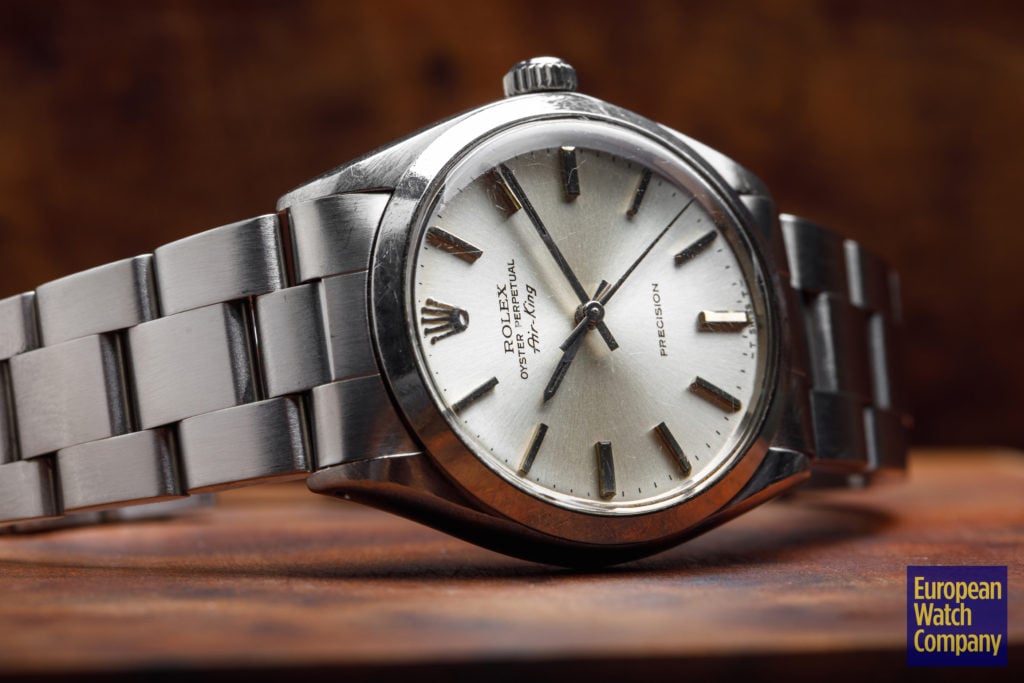
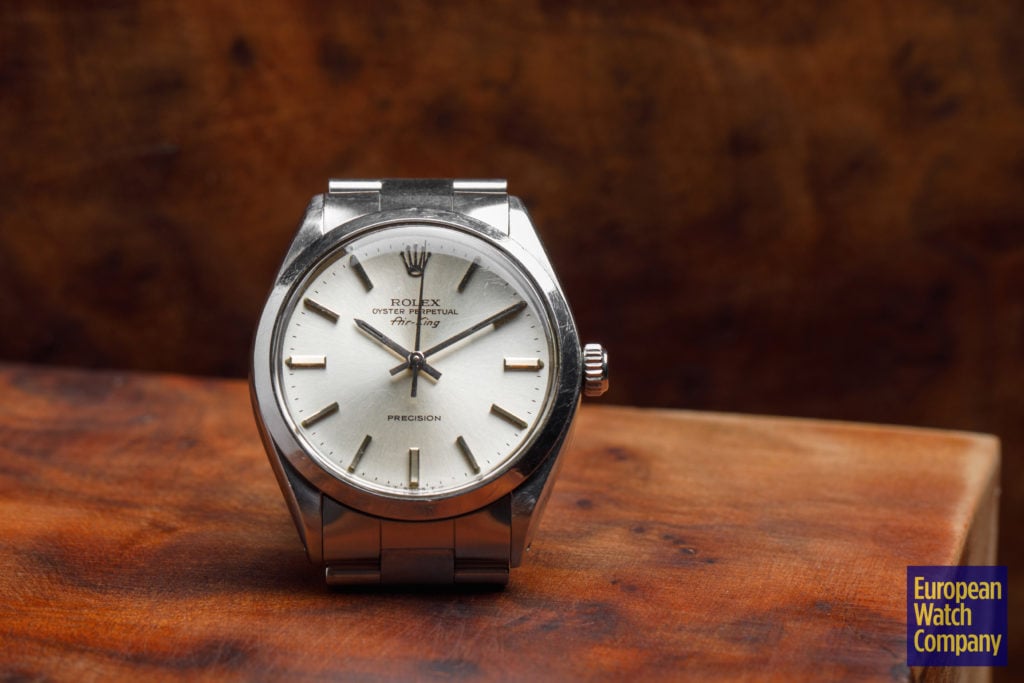



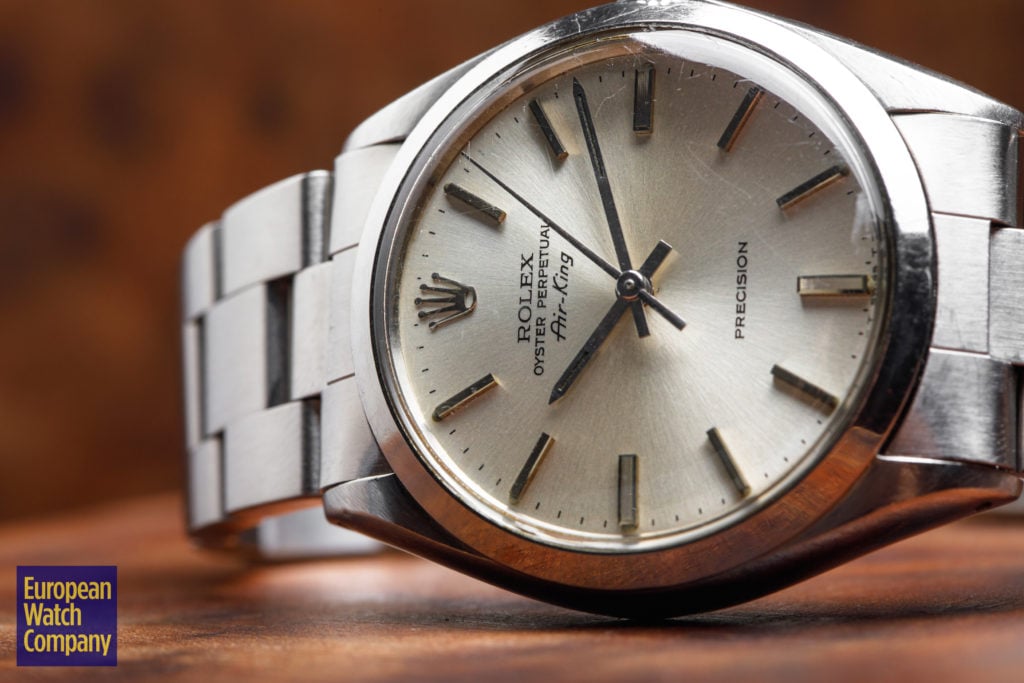
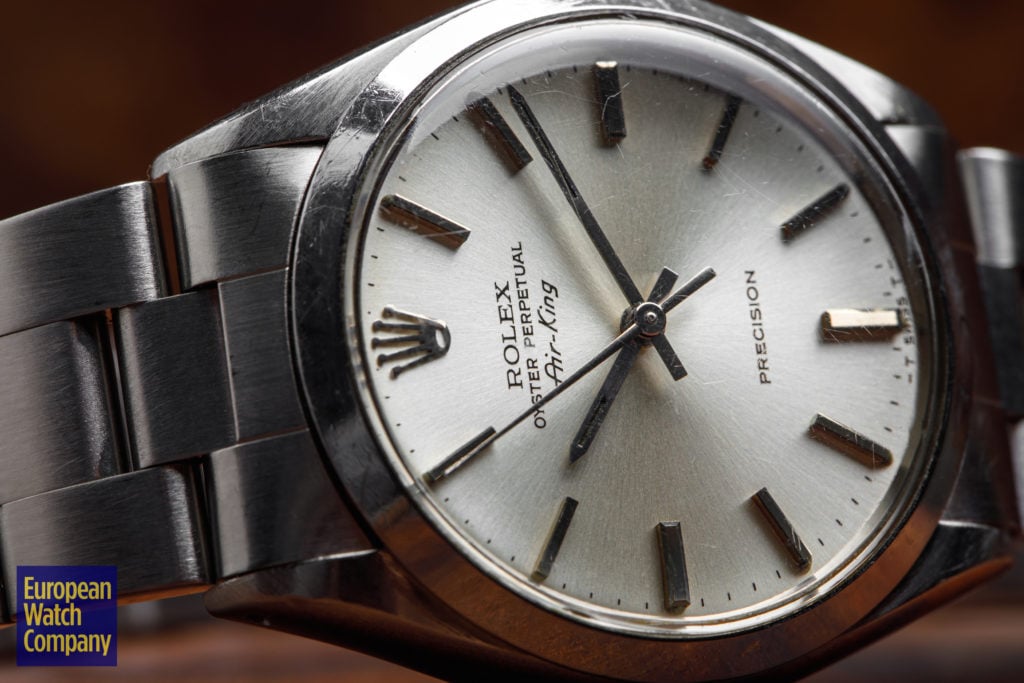

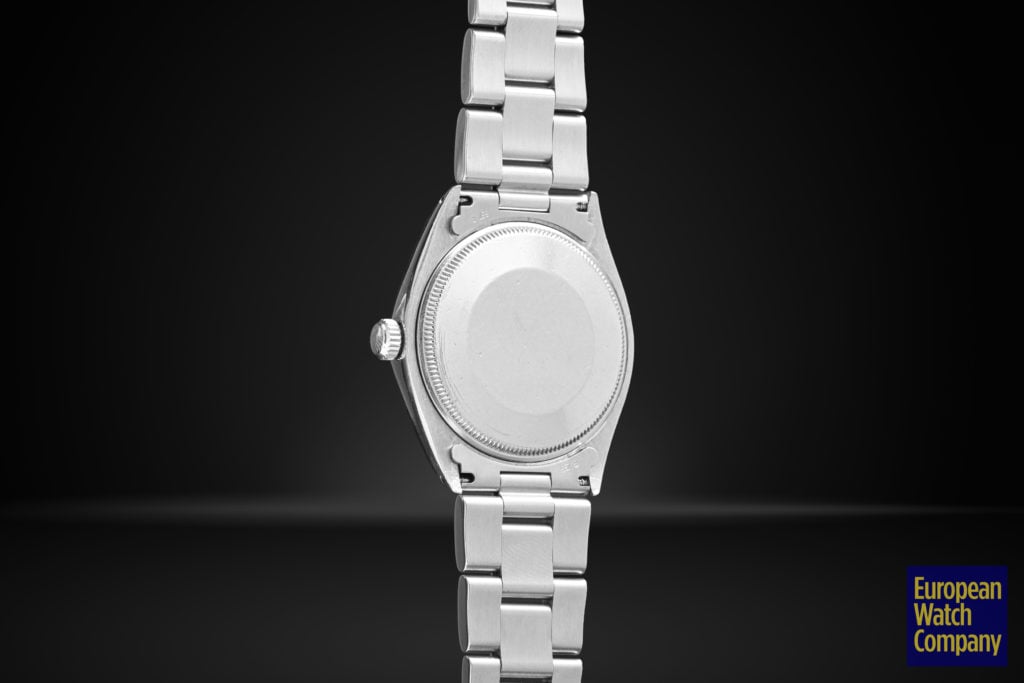
Previous Article
Raising the Bar: The A. Lange & Söhne Lange 1 Time Zone 136.029
Next Article
The Most Prestigious Sports Watch in the World: The Patek Philippe Nautilus 5711
Join 75,000+ Other Watch Enthusiasts
Get our new arrivals first.